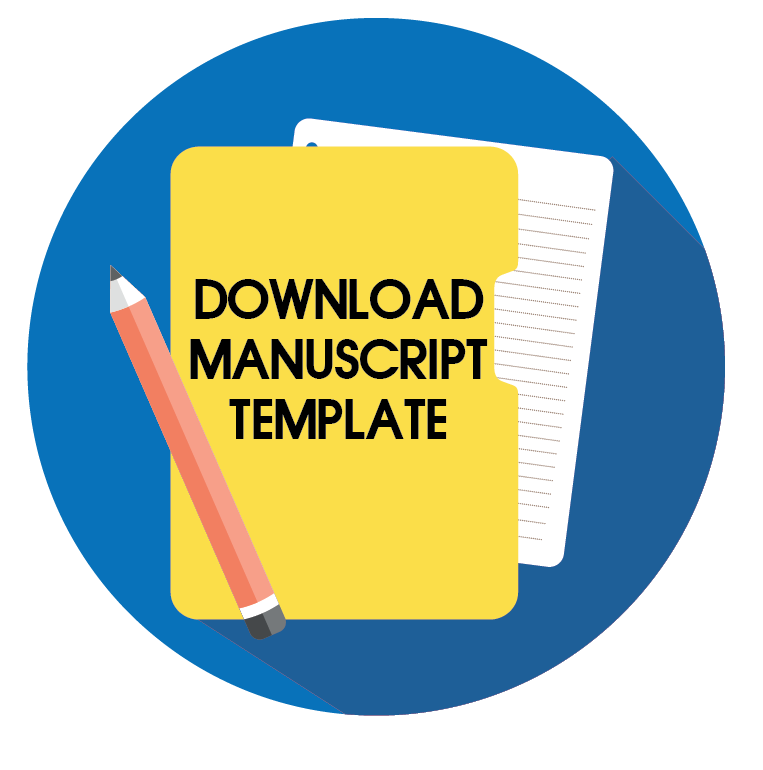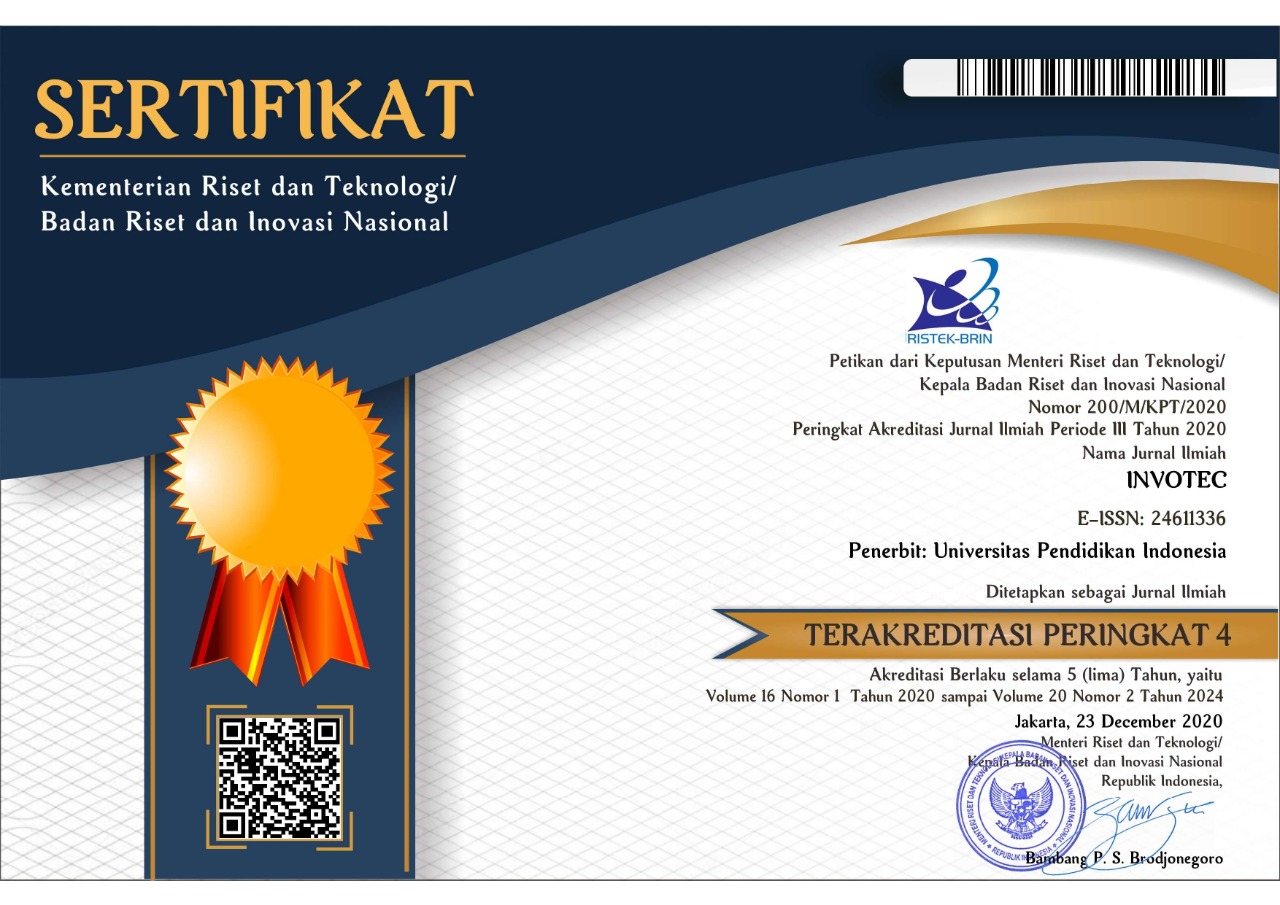Validity and Reliability of Editorial Plan Product Assessment Rubric in Digital Public Relations Course
Abstract
This study aims to determine the validity and to estimate the reliability of the editorial plan product assessment rubric in the Digital Public Relations course. The focus of the research is the content validity and reliability estimation of the product assessment rubric: editorial plan. The Content Validity Ratio (CVR) and Content Validity Index (CVI) from the assessment rubric and V Aiken were calculated using Ms. Excel. The Calculation of content validity by five experts was valid. The Interclass Correlation Coefficients (ICC) were used to estimate the reliability of the scoring rubric and were calculated using SPSS 24.0 software. The rubric was tested on 3 raters who assessed 30 students each. The results of the calculation of the reliability estimate show a good level of reliability. This validity and reliability estimation of the rubric is expected to be able to support an objective assessment, especially on editorial planning products in the Digital Public Relations course.
Keywords
Full Text:
PDFReferences
Aiken, L. R. (1985). Three coefficients for analyzing the reliability and validity of ratings. Educational and Psychological Measurement, 45(1), 131–142.
Bashooir, K., & Supahar, S. (2018). Validitas dan reliabilitas instrumen asesmen kinerja literasi sains pelajaran fisika berbasis STEM. Jurnal Penelitian Dan Evaluasi Pendidikan, 22(2), 219–230.
Bazvand, A. D., & Ahmadi, A. (2020). Interpreting the Validity of a High-Stakes Test in Light of the Argument-Based Framework: Implications for Test Improvement. Journal of Research in Applied Linguistics, 11(1), 66–88.
Budiastuti, E. (2014). Sistem Penilaian Pendidikan Vokasi. Prosiding Pendidikan Teknik Boga Busana, 9(1), 1-13.
Cicchetti, D. V. (1994). Guidelines, criteria, and rules of thumb for evaluating normed and standardized assessment instruments in psychology. Psychological Assessment, 6(4), 284–290.
Currell, K., & Jeukendrup, A. E. (2008). Validity, Reliability and Sensitivity of Measures of Sporting Performance. Sports Medicine, 38(4), 297–316.
Hendryadi, H. (2017). Validitas Isi: Tahap Awal Pengembangan Kuesioner. Jurnal Riset Manajemen dan Bisnis, 2(2), 259334.
Lawshe, C. H. (1975). A quantitative approach to content validity. Personnel Psychology, 28(4), 563–575.
Leung, L. (2015). Validity, reliability, and generalizability in qualitative research. Journal of Family Medicine and Primary Care, 4(3), 324–327.
Polit, D. F., & Beck, C. T. (2010). Essentials of nursing research: Appraising evidence for nursing practice (7th ed). Philadelphia: Wolters Kluwer Health/Lippincott Williams & Wilkins.
Ramadhan, S., Mardapi̇, D., Prasetyo, Z. K., & Utomo, H. B. (2019). The Development of an Instrument to Measure the Higher Order Thinking Skill in Physics. European Journal of Educational Research, 8(3), 743–751.
Retnawati, H. (2018). Validitas Dan Reliabilitas Konstruk Skor Tes Kemampuan Calon Mahasiswa. Jurnal Ilmu Pendidikan, 23(2), Article 2.
Saepuzaman, D., Istiyono, E., & Widihastuti, W. (2021). Validitas dan Reliabilitas Konstruk Instrumen Skala Sikap Siswa Terhadap Fisika Dengan Analisis Faktor Konfirmatori. Jurnal Riset Pendidikan Fisika, 6(1), 55–65.
Syahrul, S. (2010). Pengembagan Model Asesmen Kompetensi Siswa SMK dalam Konteks Pembelajaran Berbasis Kerja di Industri. Jurnal Penelitian Dan Evaluasi Pendidikan, 14(2), Article 2.
Taherdoost, H. (2016). Sampling Methods in Research Methodology; How to Choose a Sampling Technique for Research. International Journal of Academic Research in Management (IJARM) 5(2), 18-27.
Wasidi, W., & Mardapi, D. (2016). Pengembangan instrumen bakat keguruan. Jurnal Penelitian Dan Evaluasi Pendidikan, 20(1), 98–110.
Widhiarso, W., & Suhapti, R. (2015). Eksplorasi Karakteristik Item Skala Psikologis yang Rentan terhadap Tipuan Respon. Jurnal Psikologi, 36(1), 73.
DOI: https://doi.org/10.17509/invotec.v18i2.48540
Refbacks
- There are currently no refbacks.
Copyright (c) 2022 INVOTEC

This work is licensed under a Creative Commons Attribution-ShareAlike 4.0 International License.
This journal provides immediate open access to its content on the principle that making research freely available to the public supports a greater global exchange of knowledge.

This work is licensed under a Lisensi Creative Commons Atribusi-BerbagiSerupa 4.0 Internasional.





